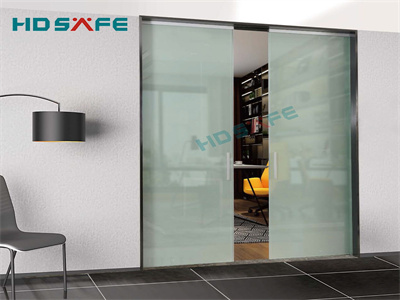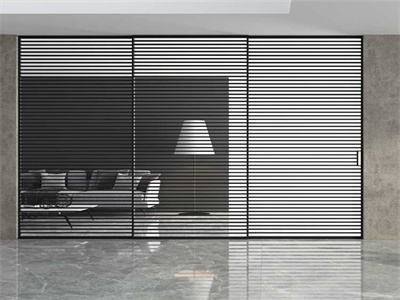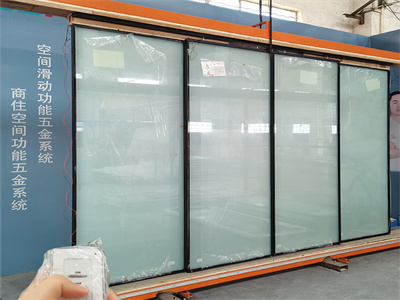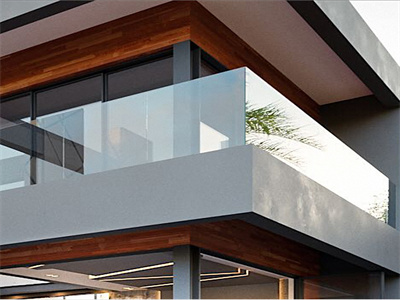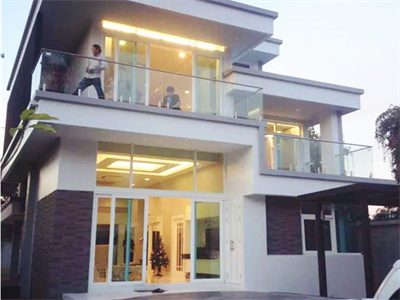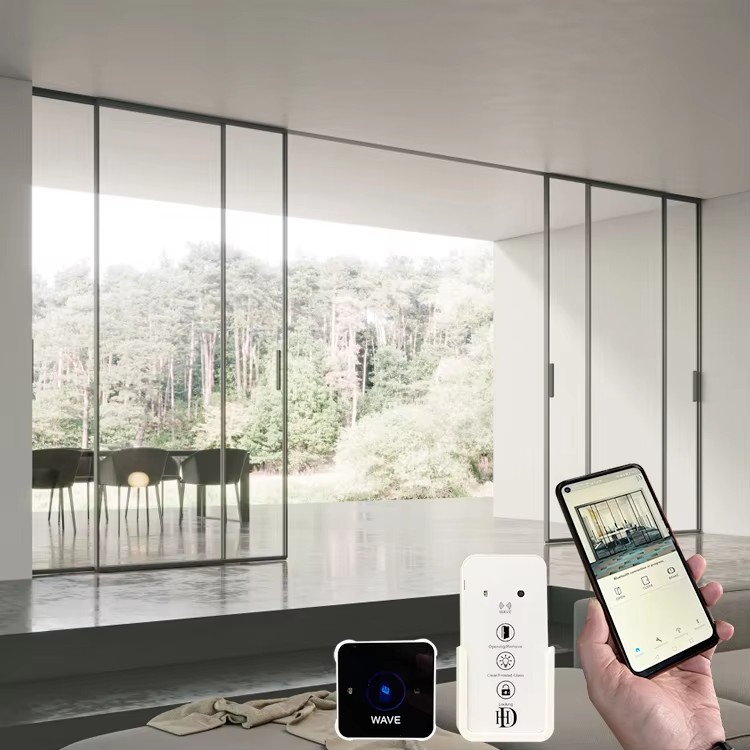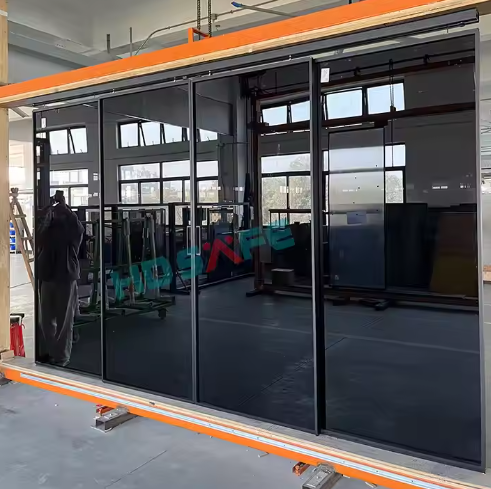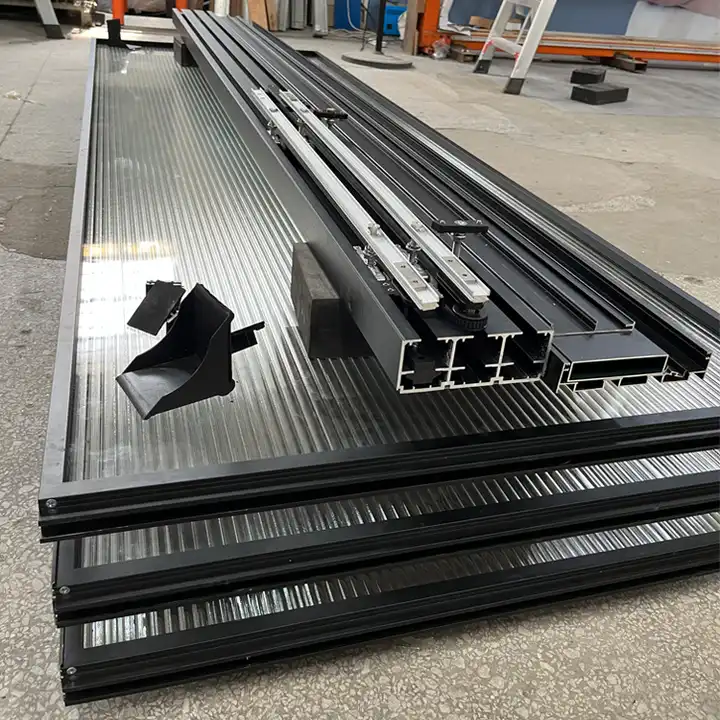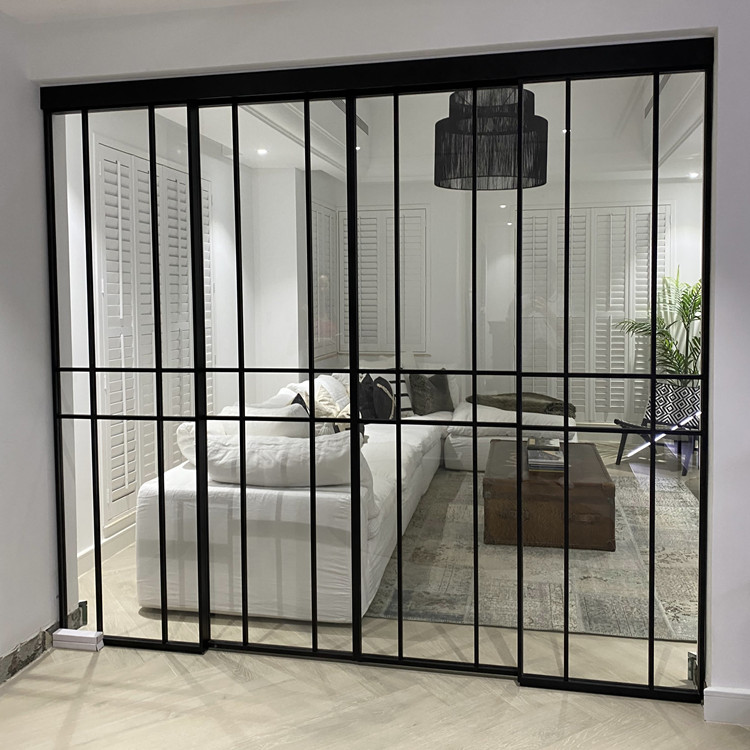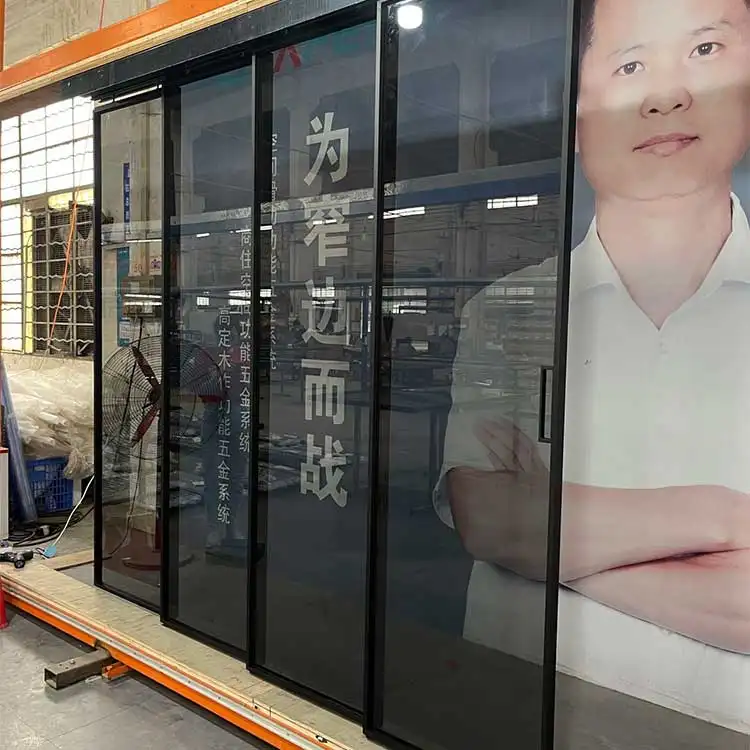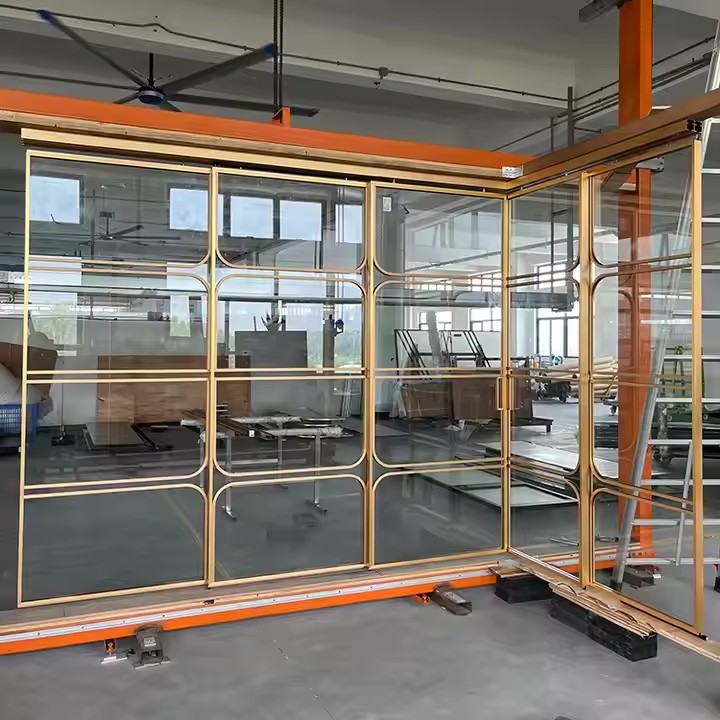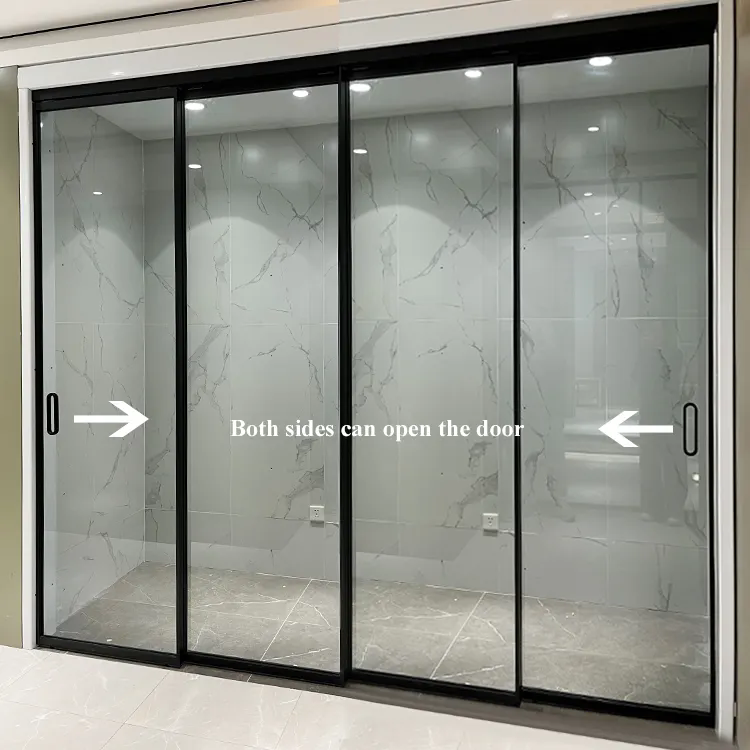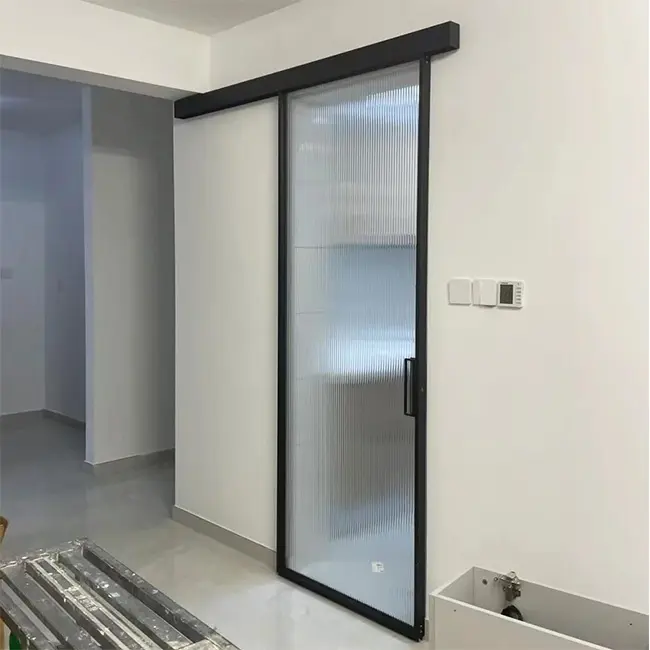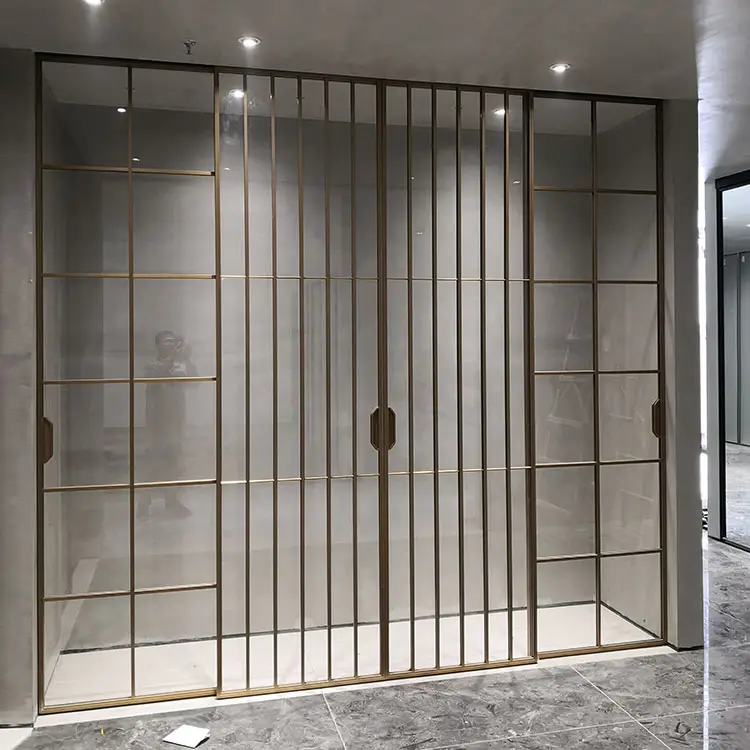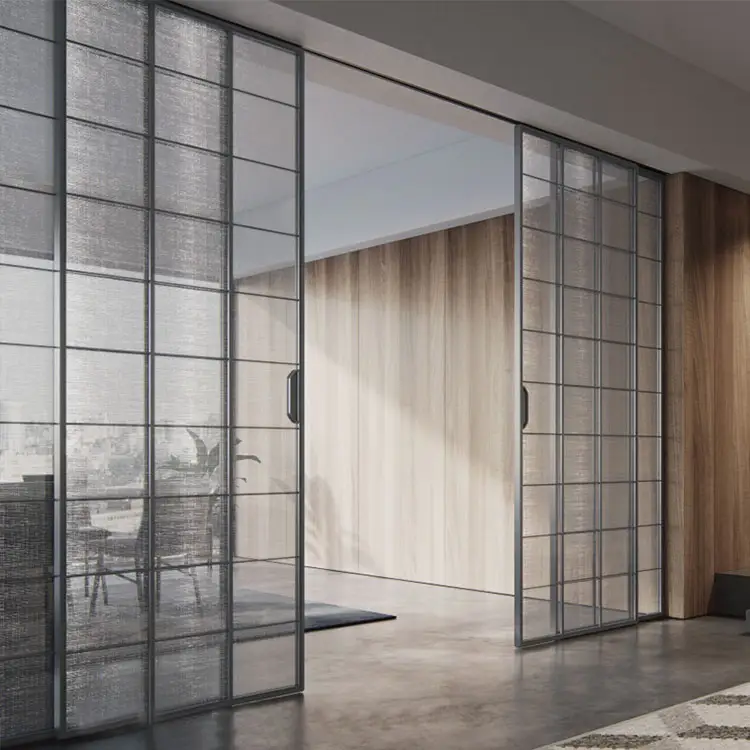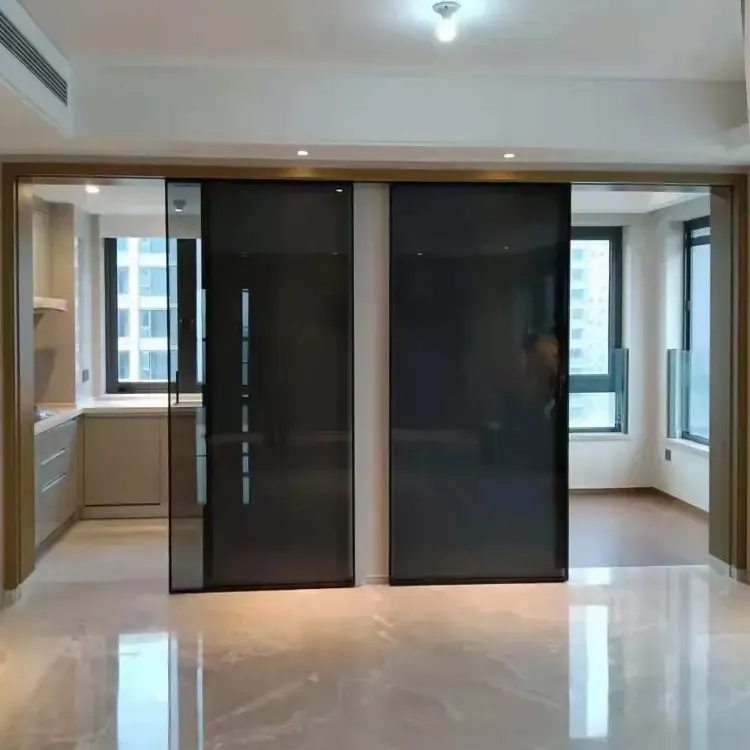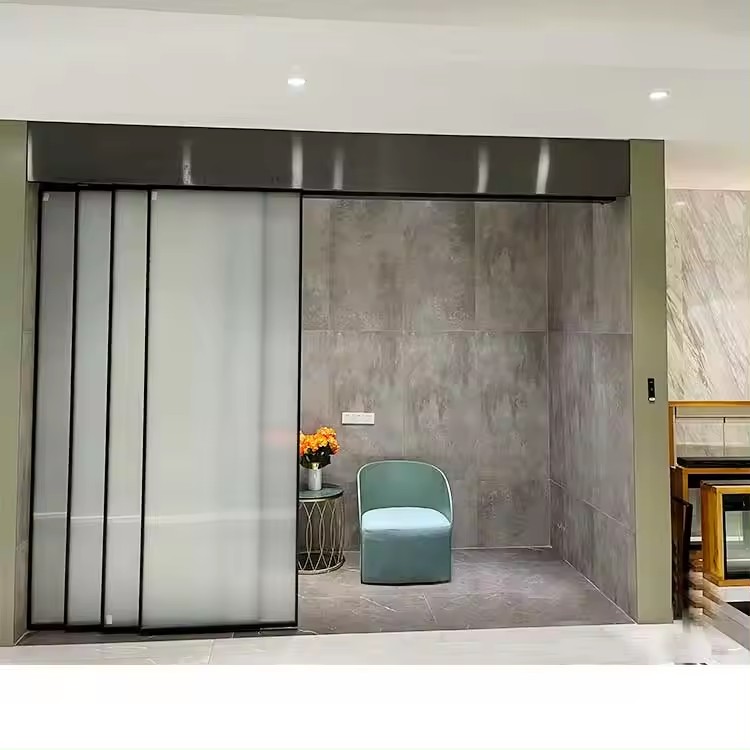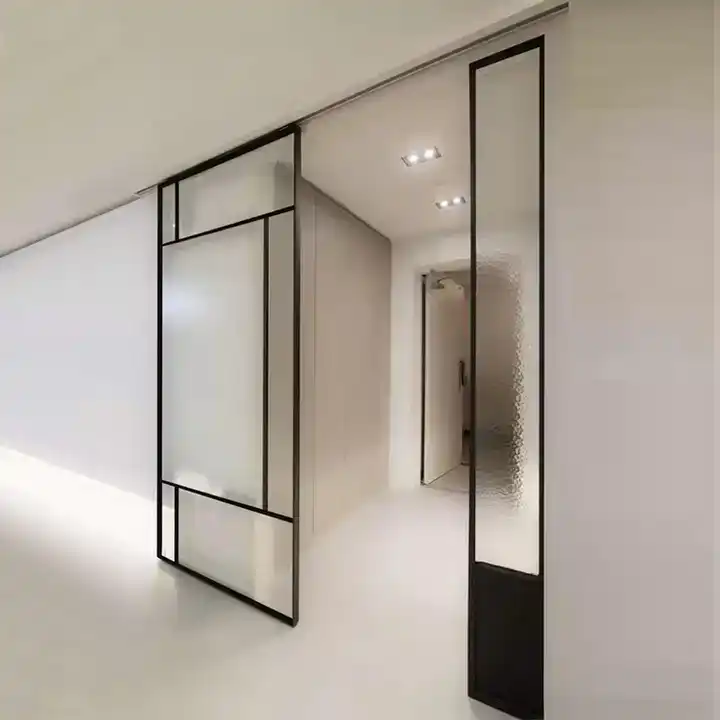Introduction:
Transparent sliding doors have become a popular choice in modern architecture and interior design due to their sleek aesthetics and functional benefits. These doors offer a seamless transition between spaces while allowing natural light to flow through, creating a sense of openness and brightness. In this article, we will explore the various aspects of transparent sliding doors, from their design versatility to their energy-efficient properties.

Design Versatility:
One of the key advantages of transparent sliding doors is their design versatility. These doors are available in a wide range of materials, including glass, acrylic, and even polycarbonate. Glass sliding doors, in particular, have the ability to make a space appear larger and more connected to the outdoors. They can be frameless for a minimalist look or framed in aluminum or wood for added durability and style. Additionally, transparent sliding doors can be customized with frosted or tinted glass for privacy or decorative purposes.
Natural Light and Openness:
Transparent sliding doors are prized for their ability to flood interior spaces with natural light. By replacing solid walls with transparent doors, rooms are illuminated with sunlight, reducing the need for artificial lighting during the day. This not only creates a bright and inviting atmosphere but also helps lower energy costs. Furthermore, the seamless flow between indoor and outdoor spaces that transparent sliding doors provide enhances the sense of openness and connection to nature, promoting a feeling of well-being and tranquility.
Space-Saving and Functional:
Another benefit of transparent sliding doors is their space-saving design. Unlike traditional hinged doors that swing open and take up valuable floor space, sliding doors glide along a track, allowing for smooth and effortless operation. This is particularly advantageous in smaller rooms or areas with limited clearance, where swinging doors would be impractical. Transparent sliding doors are also ideal for dividing larger rooms into separate areas, such as a living room and a dining room, providing flexibility in how spaces are utilized.
Energy Efficiency:
In addition to their aesthetic appeal and functionality, transparent sliding doors can also contribute to energy efficiency. The abundant natural light they let in reduces the need for artificial lighting, lowering electricity consumption. Additionally, transparent doors with high-quality insulation properties help maintain indoor temperatures, reducing heating and cooling costs. By maximizing daylight and reducing heat loss, transparent sliding doors play a role in creating a more sustainable and environmentally friendly living or working environment.
Transparent sliding doors are a versatile and stylish addition to any modern space, offering design flexibility, natural light, space-saving benefits, and energy efficiency. Whether used in residential homes, commercial offices, or public buildings, these doors can transform interiors, enhance connectivity, and improve overall well-being. With their combination of form and function, transparent sliding doors are sure to remain a timeless choice that brings beauty and practicality to any environment.
Transparent sliding doors are a modern and innovative solution for both residential and commercial spaces. These doors, typically made of glass, offer a range of benefits and can enhance the aesthetics and functionality of any environment. In this article, we will explore the advantages of transparent sliding doors and examine the various scenarios in which they can be effectively utilized.
Advantages of Transparent Sliding Doors:
1. Natural Light: One of the key advantages of transparent sliding doors is their ability to allow natural light to penetrate into the interior spaces. This can create a bright and welcoming atmosphere, reduce the need for artificial lighting, and help lower energy costs.
2. Space-saving: Unlike traditional hinged doors that swing open and closed, sliding doors move horizontally along a track, requiring minimal space. This makes transparent sliding doors an ideal choice for areas where space is limited or where a sleek and unobtrusive door solution is desired.
3. Aesthetics: Transparent sliding doors add a touch of modern elegance to any space. The transparency of the glass creates a seamless connection between different areas, making rooms feel more spacious and connected. Additionally, the clean lines and minimalist design of sliding doors can complement a variety of interior styles.
4. Sound Insulation: High-quality transparent sliding doors can provide effective sound insulation, helping to reduce noise transmission between rooms. This can be particularly beneficial in commercial settings such as offices, meeting rooms, or hotels where privacy and noise control are important.
5. Easy Maintenance: Glass sliding doors are easy to clean and maintain, requiring simple wipe-downs with a glass cleaner and a soft cloth. This low-maintenance feature makes transparent sliding doors a convenient and practical choice for busy settings.
Applications of Transparent Sliding Doors:
1. Residential Spaces: Transparent sliding doors can be used in residential settings such as living rooms, bedrooms, and bathrooms. They are popular choices for patio and balcony entrances, as they blur the lines between indoor and outdoor spaces, creating a seamless transition and maximizing natural light flow.
2. Commercial Buildings: In commercial settings, transparent sliding doors are commonly used in offices, conference rooms, and retail spaces. They can create a modern and professional ambiance while offering functionality and flexibility in terms of space utilization.
3. Restaurants and Cafes: Transparent sliding doors are often seen in restaurants and cafes, where they serve as stylish entrances or partitions. These doors can help create an open and inviting atmosphere while allowing customers to enjoy views of the surroundings.
4. Healthcare Facilities: In healthcare facilities such as hospitals and clinics, transparent sliding doors can be used in patient rooms, waiting areas, and treatment rooms. Their sound-insulating properties can help maintain privacy and a quiet environment for patients and staff.
Conclusion:
Transparent sliding doors offer a range of benefits and applications in both residential and commercial settings. Their ability to bring in natural light, save space, enhance aesthetics, provide sound insulation, and offer easy maintenance make them a versatile and practical choice for modern living and working environments. Whether used in homes, offices, restaurants, or healthcare facilities, transparent sliding doors can elevate the ambiance and functionality of any space.





 Home
Home Jun 06,2024
Jun 06,2024 
 The Rising Trend of Transparent Sliding Doors
The Rising Trend of Transparent Sliding Doors 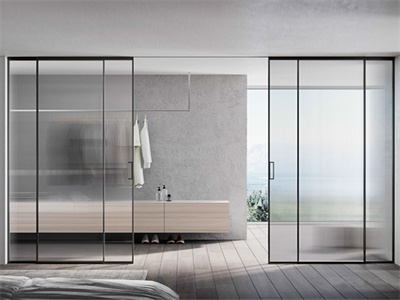
 May 07,2024
May 07,2024 
